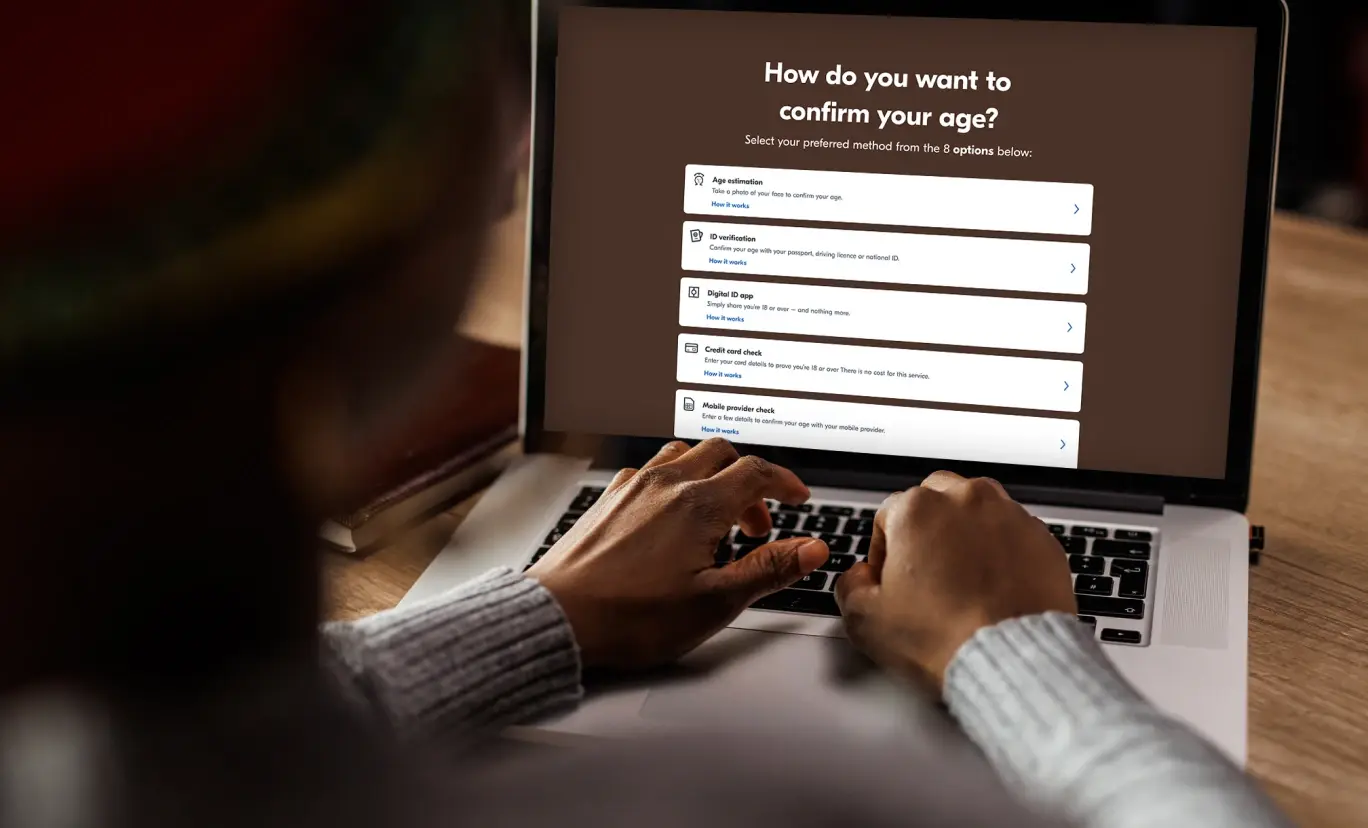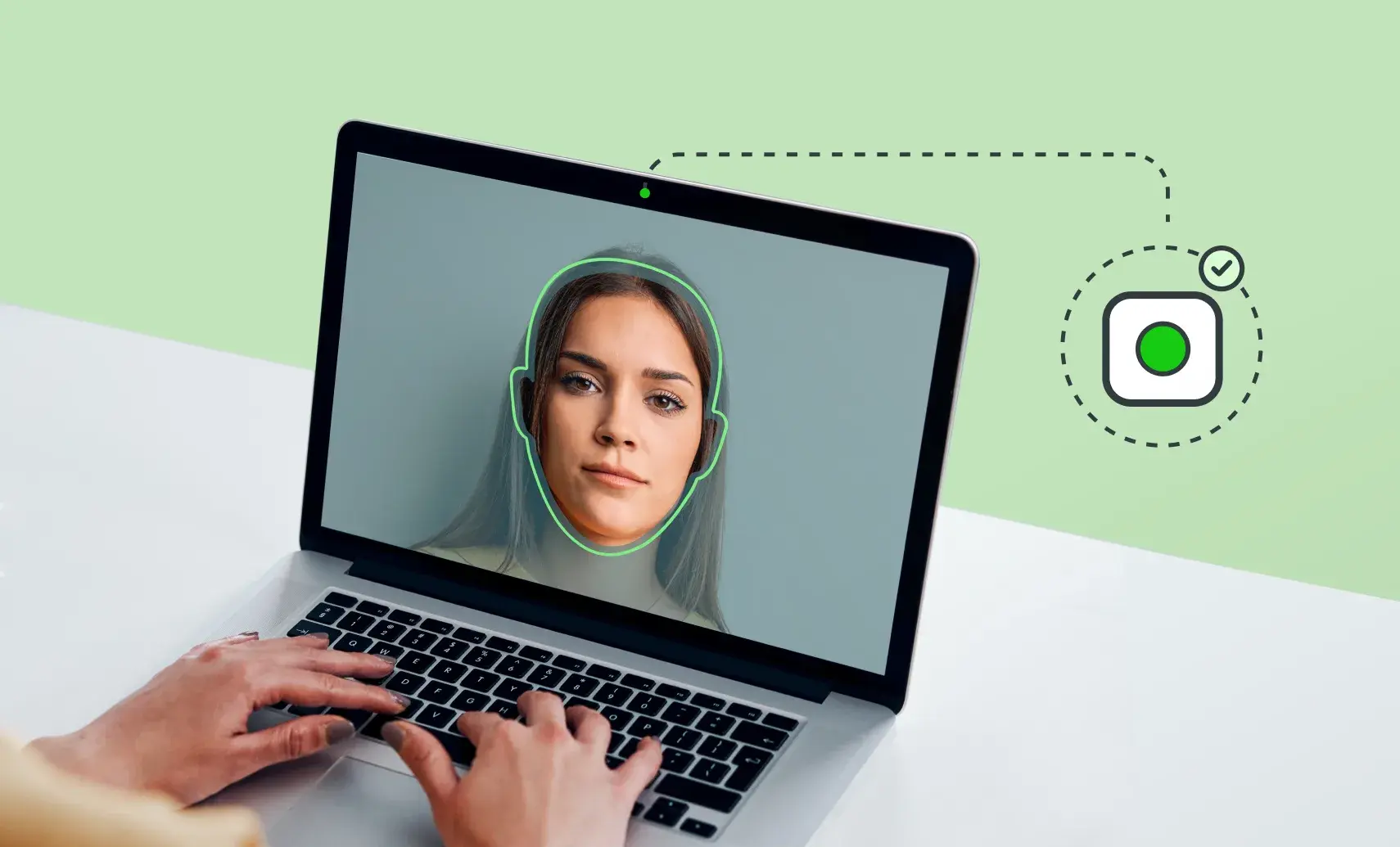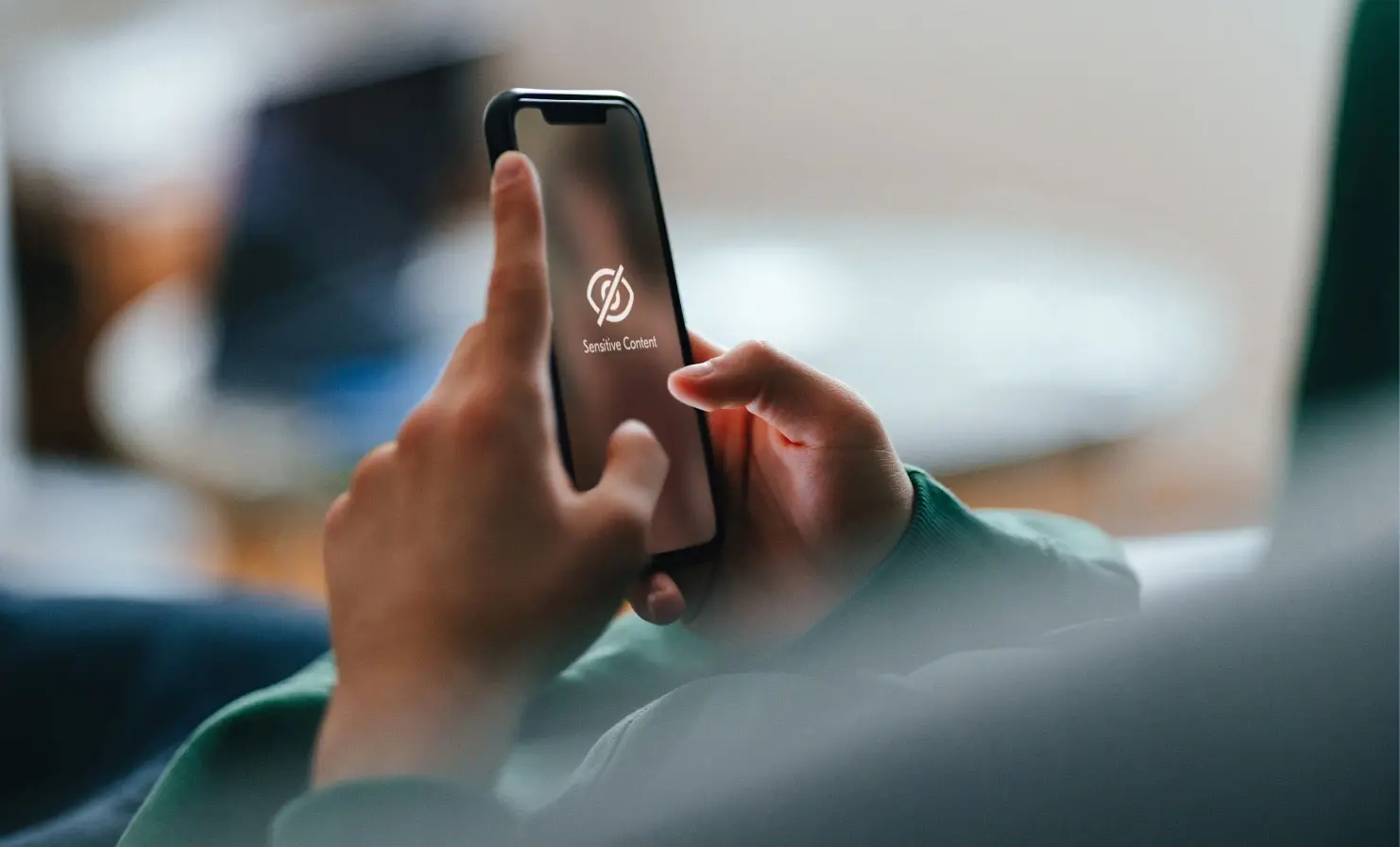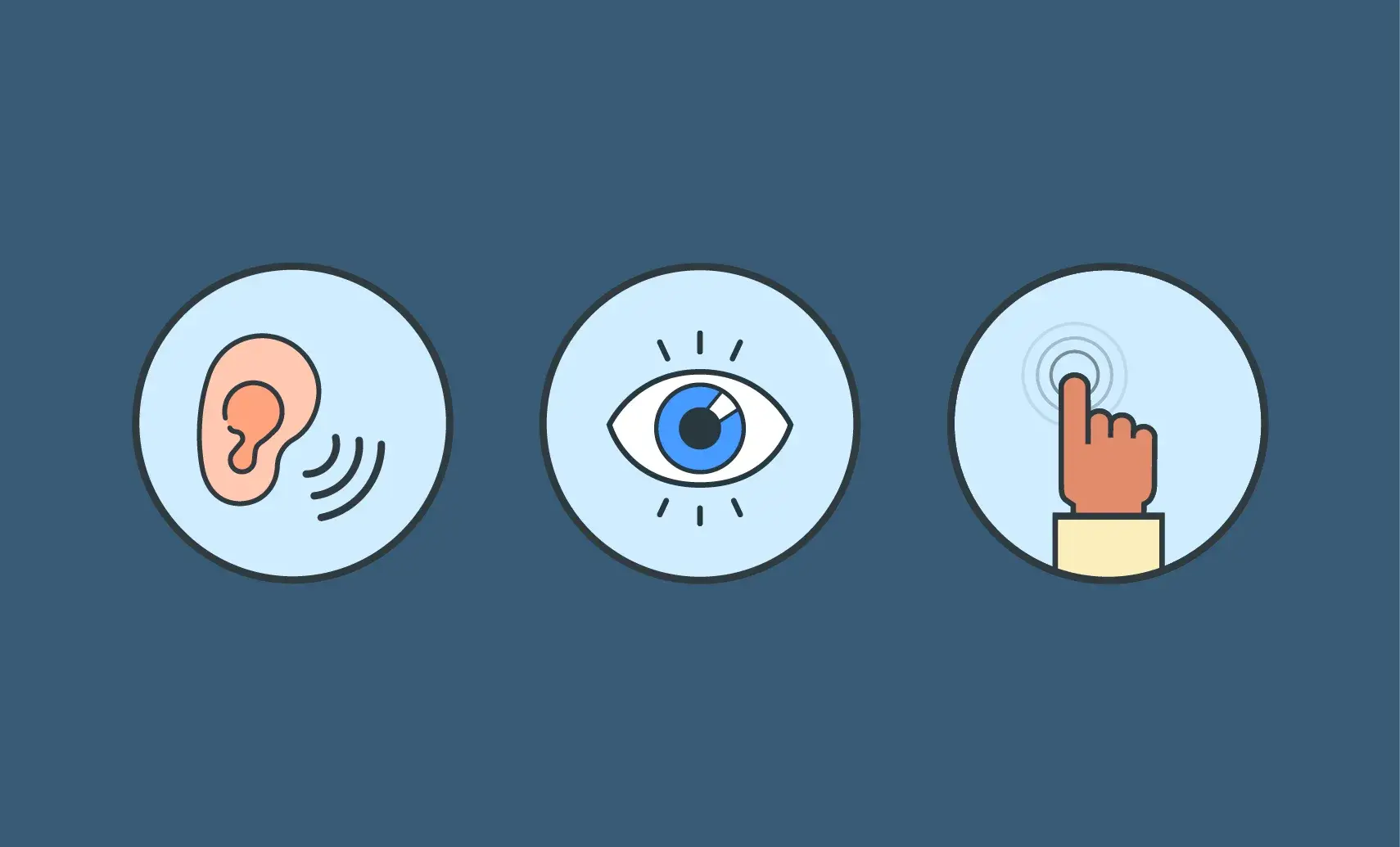
Our Identity Verification solution has achieved Web Content Accessibility Guidelines (WCAG) 2.2 Level A and Level AA for accessibility. This is a huge milestone for us as one of our founding principles is to ‘make Yoti available to anyone’.
WCAG 2.2 Level A and Level AA
WCAG’s framework is used as a benchmark for accessibility regulations around the world. To achieve WCAG 2.2, we had to meet all A and AA criteria.
Level A conformance requirements prohibit elements that make the product inaccessible. If products don’t meet Level A criteria, they’re almost impossible for people with disabilities to use.
Level AA conformance means that products are usable and understandable for the majority of people with or without disabilities. The meaning is conveyed and the functionality available is the same.
Passing with flying colours
The Digital Accessibility Centre (DAC) measured our Identity Verification solution by:
- completing a technical audit using automated tools
- testing using a range of adaptive technologies by users with differing disabilities
For Level A, we passed all 23 applicable checkpoints, with 9 marked as not applicable.
For Level AA, we passed all 17 applicable checkpoints, with 8 marked as not applicable. No issues failed Level A or AA.
This is the first of our products to be certified by the DAC and we’re working hard to ensure that the rest follow.
Yoti’s accessibility journey
Yoti is built on a robust ethical framework which underpins every decision we make. At the heart of it sits seven key principles, the last of which is “to make Yoti available to anyone”.
For our products to be truly impactful, they need to be accessible to everyone, everywhere. The idea sounds simple, but everyone’s requirements are different. Think about how a blind person would use our applications or how someone with a motor disability would sign a document.
With all this in mind, here’s a look into what we’re doing to make our products accessible for all.
How we understand accessibility
To be certain that we’re moving in the right direction, we need to understand what accessibility means. For us, this is ensuring that our products are available to everyone, regardless of who they are. We’re on our way to making our products fully accessible but we’ve still got a lot to learn about assistive technology and how people use it.
Making our products accessible is also more than just changing what’s already in code. Although it’s a start, a larger font and some colour contrast changes are only a small part of accessibility.
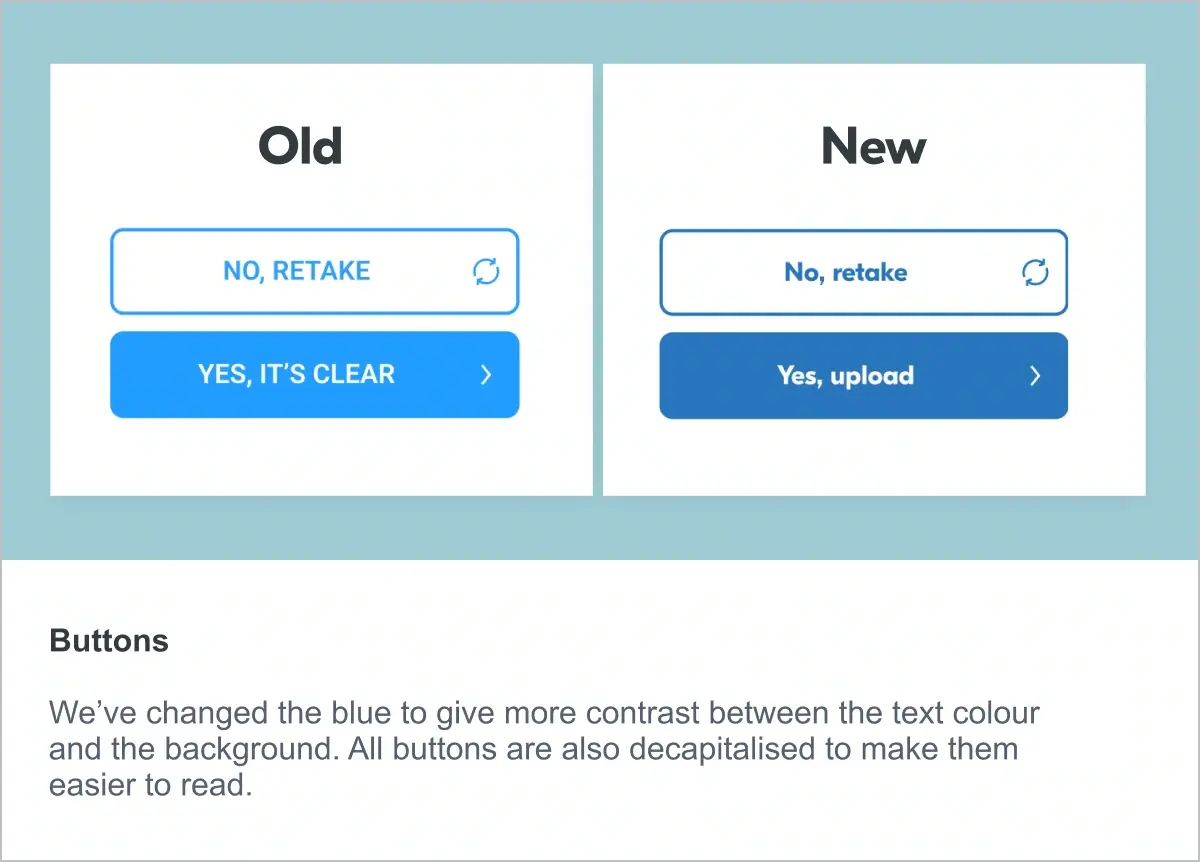
We’ve got to think about everyone. This includes, but is not limited to, those with photosensitive epilepsy, cognitive disabilities, or motor disabilities.
It’s also crucial that this knowledge is shared with all teams across Yoti. This allows us to consider accessibility requirements at every stage of the product design cycle.
We have an internal communications channel dedicated to sharing information about accessibility. Our accessibility lead runs workshops with the product teams. And all new team members must attend an induction on accessibility and complete regular training modules.
Measuring success
Most importantly, we need to make sure that what we’re doing is genuinely useful. To do this, we have to measure the accessibility of our products so that we can work out what still needs to be changed. And if we’re going to make Yoti accessible to all, we need to know how far away we are from hitting that point.
We measure our products against the Web Content Accessibility Guidelines (WCAG). There are three different levels: Level A (basic), Level AA (mid) and Level AAA (advanced). We’re determined to reach Level AA across the majority of our products.
But WCAG’s framework is a minimum standard and we will always look to go beyond it where we can. As more research is conducted across the field, the guidelines will grow and evolve.
Measuring the accessibility of our products in-house is only part of the process. It’s vital to have input from external organisations too. The DAC tests our solutions from both a technical point of view (looking at the code) and from a user’s point of view. Users with a range of disabilities rate how difficult it is to complete various actions using our products.
There are four levels:
- “Could not complete on my own”
- “Completed independently but with major issues”
- “Completed independently but with minor issues”
- “Completed independently no issues”
We ask the DAC to review our products on a regular basis so that issues are routinely flagged. By doing this, we know what problems we need to solve from the very people who are experiencing them.
Solving accessibility issues
We currently test our Identity Verification, Age Verification and Digital ID app for their accessibility. Issues raised can fall under the scope of our developers to fix whilst others may be for our designers to solve.
Although our Identity Verification solution has just passed WCAG 2.2 Level A and Level AA for accessibility, there’s still much more to do. We know that it’s a long-term commitment to make Yoti accessible to everyone.
Therefore, we include checkpoints in our design and development flows. Our designers think about accessibility as part of the design process. The content team thinks about accessibility when writing content. Our developers think about accessibility when writing code. And we consult our accessibility lead at every stage of the process.
This way, when it’s time to produce, review and release a new product, it has been built with accessibility requirements already in mind.
We still have a long way to go and are always looking to improve the accessibility of our products. If you’ve got any feedback, please get in touch.

